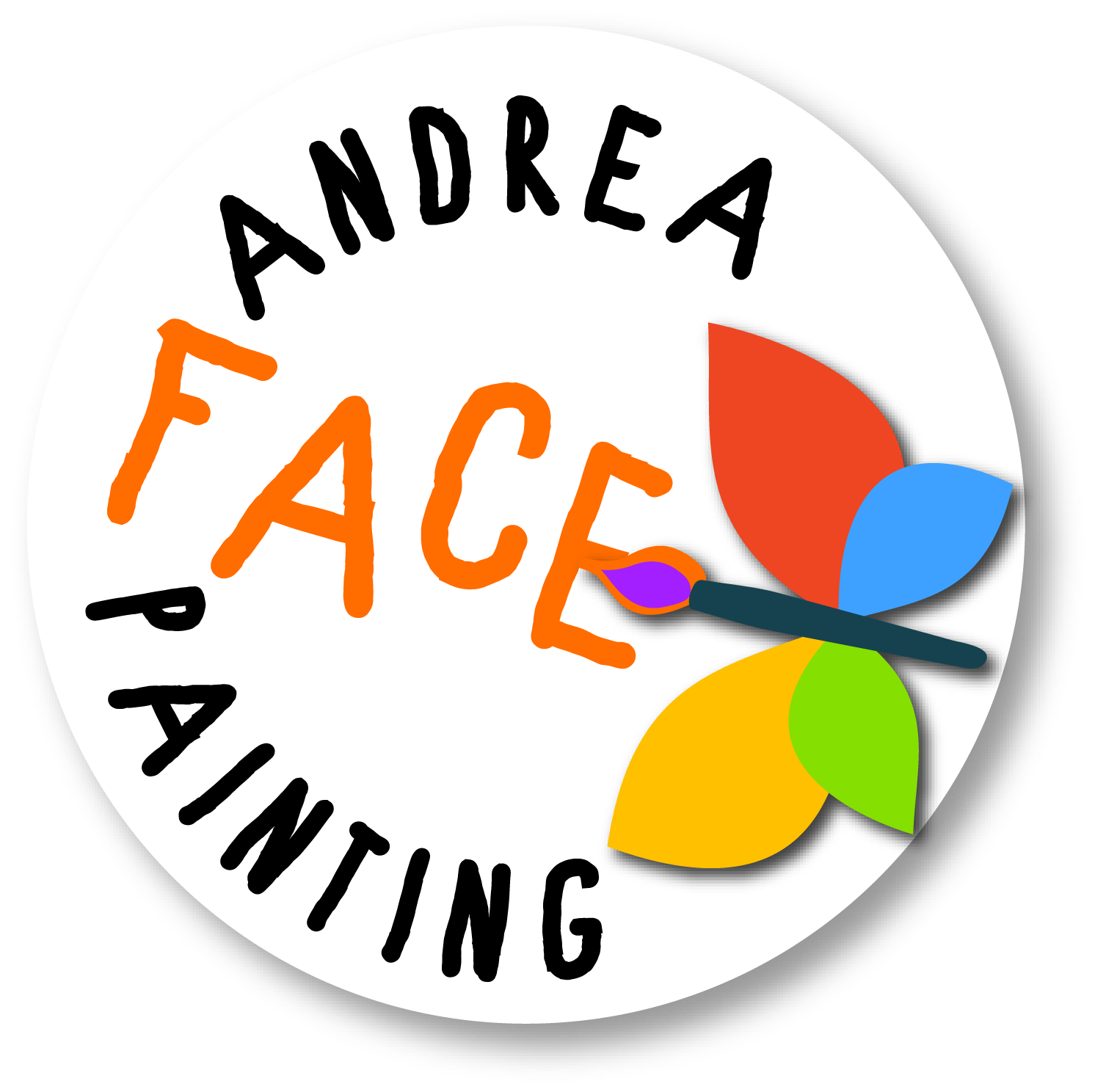From tribal rituals to modern-day festivals, this unique medium allows individuals to transform the human body into a living canvas. Artists use vibrant pigments, intricate designs, and bold strokes to express cultural narratives, personal stories, or abstract ideas. Whether it’s a festival celebrating creativity, a performance art piece, or a social statement, public body painting serves as a bridge between the artist, the subject, and the audience. Its growing popularity in contemporary culture has made it a fascinating subject of exploration and discussion. Public body painting is more than just an artistic endeavor; it’s a form of self-expression and cultural storytelling. In recent years, it has gained significant attention as a mainstream art form, thanks to social media platforms, public exhibitions, and body art festivals. These events not only showcase the talent of skilled artists but also foster a sense of community and inclusivity. Participants and spectators alike are drawn to the transformative power of body painting, which challenges societal norms and celebrates the human form in its most authentic state. With its roots deeply embedded in history, public body painting continues to evolve, reflecting the ever-changing dynamics of art and culture. In this article, we’ll dive deep into the fascinating world of public body painting, exploring its history, cultural significance, and modern-day applications. We’ll also address common questions like "What Are the Best Techniques for Public Body Painting?" and "How Can You Safely Participate in Public Body Painting Events?" Whether you’re an aspiring artist, a curious observer, or someone looking to try body painting for the first time, this guide will provide valuable insights and practical tips to help you navigate this vibrant art form.
- What Is Public Body Painting?
- The History and Cultural Significance of Public Body Painting
- How Does Public Body Painting Differ from Other Art Forms?
- What Are the Best Techniques for Public Body Painting?
- How Can You Safely Participate in Public Body Painting Events?
- The Role of Public Body Painting in Modern Art
- Famous Artists and Their Contributions to Public Body Painting
- FAQs About Public Body Painting
What Is Public Body Painting?
Public body painting is the art of applying paint or other pigments directly onto the human body to create intricate designs, patterns, or images. Unlike traditional canvas painting, the human body serves as the medium, offering a three-dimensional surface that challenges artists to think creatively about perspective, texture, and movement. The practice can range from simple, decorative designs to elaborate, full-body transformations that mimic animals, landscapes, or abstract concepts. The versatility of public body painting allows it to be used in a variety of settings. For example, it is often featured in festivals, parades, and cultural celebrations, where it serves as a form of entertainment and artistic expression. In addition, public body painting has gained popularity in the world of performance art, where artists use the human body to convey powerful messages or tell compelling stories. This form of art is not limited to professional artists; amateurs and enthusiasts also participate, making it an inclusive and accessible creative outlet. One of the defining characteristics of public body painting is its ability to blur the line between art and life. Unlike static paintings that hang on walls, body-painted designs are temporary and ephemeral, existing only for a brief period before fading or being washed away. This transient nature adds a layer of poignancy to the art form, emphasizing the importance of living in the moment and appreciating beauty in its fleeting state. Moreover, public body painting often involves collaboration between the artist and the model, creating a unique bond that enhances the creative process.
The History and Cultural Significance of Public Body Painting
Public body painting has a rich history that spans thousands of years and countless cultures. In ancient times, body painting was used for a variety of purposes, including religious rituals, rites of passage, and social ceremonies. For example, indigenous tribes in Africa, Australia, and the Americas used natural pigments to adorn their bodies during important events, such as weddings, funerals, and hunting expeditions. These designs often held symbolic meanings, representing identity, status, or spiritual beliefs.
Read also:Unveiling The Secrets Of Amex Hair Stash Your Ultimate Guide To Hair Care
How Did Public Body Painting Evolve Over Time?
As societies evolved, so did the practice of body painting. In ancient Egypt, for instance, body painting was used as a form of adornment and protection. Egyptians applied henna and other natural dyes to their skin to create intricate patterns that were believed to ward off evil spirits. Similarly, in India, mehndi (henna art) became a popular tradition during weddings and festivals, symbolizing joy, prosperity, and good fortune. During the Renaissance, body painting began to gain recognition as a legitimate art form in Europe. Artists experimented with new techniques and materials, using the human body as a canvas to explore themes of beauty, identity, and transformation. This period marked the beginning of body painting’s transition from a cultural ritual to a mainstream art form, paving the way for its modern-day resurgence.
What Role Does Public Body Painting Play in Modern Culture?
Today, public body painting continues to hold cultural significance, serving as a powerful tool for self-expression and social commentary. It is often used to challenge societal norms, promote body positivity, and raise awareness about important issues such as environmental conservation and human rights. For example, artists have used body painting to depict endangered animals, drawing attention to the urgent need for wildlife protection. Similarly, activists have employed body painting to make bold statements about gender equality and racial justice.
How Does Public Body Painting Differ from Other Art Forms?
Public body painting stands apart from other art forms due to its unique medium—the human body. Unlike traditional painting, which is confined to a flat canvas, body painting requires artists to work with a three-dimensional, living surface that is constantly in motion. This presents both challenges and opportunities, as artists must consider factors such as anatomy, movement, and skin texture when creating their designs.
What Makes Public Body Painting Unique?
One of the most distinctive aspects of public body painting is its impermanence. Unlike paintings or sculptures that can be preserved for centuries, body-painted designs are temporary, lasting only a few hours or days before fading away. This transient nature adds an element of urgency and immediacy to the art form, encouraging viewers to appreciate it in the moment. Additionally, public body painting often involves a high degree of collaboration between the artist and the model, making it a deeply personal and interactive experience.
How Does Public Body Painting Compare to Other Forms of Body Art?
While public body painting shares similarities with other forms of body art, such as tattoos and makeup, it differs in several key ways. For example, tattoos are permanent, while body painting is temporary. Makeup is typically used for everyday enhancement, whereas body painting is often more elaborate and artistic. Furthermore, public body painting is often performed in front of an audience, making it a performative and communal experience.
What Are the Best Techniques for Public Body Painting?
Mastering public body painting requires a combination of technical skill, creativity, and knowledge of materials. Artists must be familiar with a variety of techniques to achieve the desired effect, from blending and shading to layering and detailing. Below are some of the most effective techniques used in public body painting.
Read also:Jayda Wayda Feet A Deep Dive Into The Phenomenon
1. Blending and Shading
Blending and shading are essential techniques for creating depth and dimension in body painting. By using a combination of light and dark colors, artists can make designs appear more realistic and lifelike. This technique is particularly useful for creating animal patterns, such as tiger stripes or leopard spots, which require a high level of detail and precision.
2. Layering
Layering involves applying multiple layers of paint to achieve a rich, vibrant finish. This technique is often used in full-body transformations, where artists need to cover large areas of skin with bold, eye-catching colors. By layering different hues, artists can create complex designs that pop and stand out.
3. Detailing
Detailing is the process of adding intricate elements to a design, such as fine lines, patterns, or textures. This technique requires a steady hand and a keen eye for detail, as even the smallest mistake can detract from the overall effect. Detailing is often used to enhance facial features or create realistic effects, such as fur or scales.
How Can You Safely Participate in Public Body Painting Events?
Participating in public body painting events can be a fun and rewarding experience, but it’s important to prioritize safety and hygiene. Here are some tips to ensure a safe and enjoyable experience.
1. Choose the Right Paints
Not all paints are safe for use on the skin. It’s essential to use body-safe, non-toxic paints that are specifically designed for body painting. Avoid using acrylic or oil-based paints, as these can irritate the skin and cause allergic reactions.
2. Perform a Patch Test
Before applying paint to the entire body, perform a patch test on a small area of skin to check for any adverse reactions. This is especially important for individuals with sensitive skin or allergies.
3. Follow Hygiene Practices
Maintain proper hygiene by using clean brushes and tools, and ensure that the artist washes their hands thoroughly before and after each session. Additionally, avoid sharing makeup or brushes with others to prevent the spread of germs.
The Role of Public Body Painting in Modern Art
Public body painting has become an integral part of the contemporary art scene, pushing the boundaries of creativity and innovation. It is often used as a medium for performance art, where artists combine visual elements with movement and storytelling to create immersive experiences. This dynamic approach has helped public body painting gain recognition as a legitimate and respected art form.
Famous Artists and Their Contributions to Public Body Painting
Several artists have made significant contributions to the world of public body painting, elevating it to new heights. Below is a table highlighting some of the most influential figures in this field.
| Artist | Nationality | Notable Works | Contribution |
|---|---|---|---|
| Johannes Stötter | Italian | Frog Illusion, Chameleon | Known for hyper-realistic body painting that creates optical illusions. |
| Emma Hack | Australian | Flora and Fauna Series | Combines body painting with photography to create stunning visual narratives. |
| Trina Merry | American | Camouflage Series | Specializes in blending models into urban environments through body painting. |
FAQs About Public Body Painting
1. Is Public Body Painting Safe for All Skin Types?
Yes, as long as you use body-safe, non-toxic paints and perform a patch test beforehand. If you have sensitive skin, consult a dermatologist before participating.
2. How Long Does Public Body Painting Last?
Public body painting typically lasts between 1 to 3 days, depending on the type of paint used and how well it is maintained.
3. Can Public Body Painting Be Used for Social Causes?
Absolutely! Many artists use public body painting to raise awareness about social and environmental issues, making it a powerful tool for activism.
Conclusion
Public body painting is a captivating art form that combines creativity, culture, and self-expression. Whether you’re an artist, a participant, or an admirer, this dynamic medium offers endless possibilities for exploration and innovation. By understanding its history, techniques, and safety practices, you can fully appreciate the beauty and significance of public body painting.
For more information on body art and its cultural impact, check out this resource from Tate.

